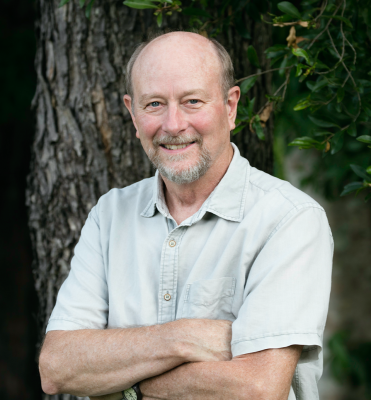After the initial lockdown, which saw our international borders snapped shut, and interstate visitors barred from Queensland, the streets of Noosa were eerily deserted. When we emerged from isolation, there was an influx of intrastate visitors, as Queenslanders rediscovered their state. Subsequent on-off border closures with southern states experiencing differing COVID recovery times saw tourism here morph yet again. At one stage Noosa hosted the St Kilda AFL Club as the state became a hub for this sport. The Sunshine Coast later hosted an RFL team.
Capital city holidaymakers, locked out of travel to interstate and international destinations, jumped in the car and headed for popular destinations an hour or two from them. Of course, the Sunshine and Gold Coasts were obvious destinations for Brisbane people wanting to take a short break. As usual, our coast roads were clogged at school and Christmas holidays and we even had a schoolies week in Noosa.
Ramping up a notch
With the new era came new tactics. Tourism Noosa used cutting-edge social media data analytics to trace where the new customers potentially were, and targeted them through pay per click campaigns using the new animated ‘Enter the Biosphere’ graphics. This was a major marketing campaign, which came in for local criticism for simplifying our shire’s attractions and ethos. However, it was basic enough to reach the new domestic audience and still delivered a simple, if confusing, environmental message.
Tourism Noosa further pivoted their marketing to include intrastate visitors who took their chances on the on-again, off-again flights available. In addition, as COVID restrictions further eased, the new travel motto included more events/more often. Council decided in August that residents needed protecting and set 500 as the maximum number per event. When this comes to an end in April this year, event numbers are expected to increase. To the end of June, 2020, Tourism Noosa reported that the virus produced a 10.3% drop in visitors and a 23% drop in spend.
A housing boom and a rental crisis
At the same time as this visitor revolution was playing havoc with a market geared up for high-spenders, our housing stock was going through a dynamic change. Houses once in the full-time rental pool were being claimed by owners keen to get back from overseas jobs or from capital cities now seen as virus incubators. This nation-wide trend has seen regional, especially coastal, destinations experience a housing boom which has seen affordability levels get further out of the reach of residents hoping there was a place on the real estate ladder for them. As well, property owners in medium and high-density coastal suburbs were taking advantage of council’s new short-term letting policy and turning existing houses, or indeed recently purchased properties, into STL stock. As a result, the extremely tight market for long-term letting saw hospitality and other workers forced to seek lower-priced accommodation in towns north and south of the shire, necessitating longer and more expensive commutes to work.
Economic Dependence
Council collects around $2.5m from tourism businesses and gives it to Tourism Noosa for staff wages and marketing. Council has guaranteed this funding for the remaining 18 months of a three-year agreement. Tourism Noosa is financially dependent on Noosa Council for the large majority of its revenue, with heir 903 members contributing only $197,285 to the coffers. For all this, Council doesn’t even get a seat on the board, rather there’s a Council ‘observer’. It’s time a councillor was appointed to the board. With such a large amount of ratepayer funds at stake, and with the massive impact tourism has on our lives, we need a say in the future of tourism in Noosa.
It’s time for a change
Championing Brand Noosa is a priority for Tourism Noosa, but it is a brand that is being promoted with visitation in mind, and it is a brand that is being tarnished by cheap social media marketing rather than a brand based on an environmental paradigm that has been built on the back of a lot of effort over past decades. We may be a tourist town, but tourists don’t pay the rates, or vote. On top of everything else, ratepayers fund tourism infrastructure. Sure, $6.5m gave us a prize-winning coastal boardwalk, and a similar amount will produce a snazzy playground in Cooroy, but at the same time many of our rural kids travel to school on the bus routes of narrow hinterland gravel roads that have got no chance of being sealed in the foreseeable future. And now on roads with a decade of quarry traffic planned.
It’s time we faced up to the impacts of tourism on our community. We know it’s an important part of the economy, but we also know that there is a limit to the number of visitors that can be provided for, catered for by our infrastructure, and giving an experience that lives up to the promises in the brochures, and is affordable to our ratepayers. If we are going to claim to be the relaxation capital of Australia, we need to make sure this applies to residents, too, and put a tourist population cap on visitation. And we need an effective plan for destination management.







